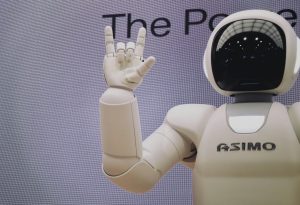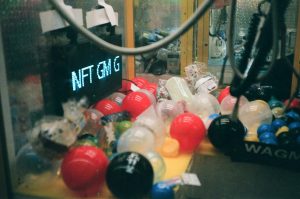How Campus Maker Spaces Drive Innovation Learning
Campus maker spaces are increasingly becoming popular on college campuses around the world. These spaces provide students with the opportunity to ideate, innovate, and bring their ideas to life. The maker movement, which has gained momentum in recent years, encourages people to create and build things using various tools and technologies. In the context of college campuses, maker spaces foster a culture of innovation learning, where students can develop essential skills, such as critical thinking, problem-solving, and collaboration. In this article, we will explore how campus maker spaces drive innovation learning and why they are essential in today’s education landscape.
The Rise of Campus Maker Spaces
The concept of maker spaces emerged in the early 2000s, primarily driven by the do-it-yourself (DIY) culture. It gained traction in the education sector when institutions realized the potential of these spaces to enhance learning outcomes and prepare students for the real world. According to a survey by the National Center for Science and Engineering Statistics, the number of maker spaces at universities in the United States grew from 10 in 2006 to over 200 in 2012. This growth is a testament to the increasing demand for hands-on learning experiences that traditional classroom settings cannot provide.
Breaking the Boundaries of Traditional Learning
In traditional classroom settings, students are typically confined to textbooks, lectures, and exams. While these methods are still relevant, they may not cater to the diverse learning styles and needs of students. Campus maker spaces, on the other hand, offer a different approach to learning. These spaces allow for student-driven, experiential learning, where students can learn by doing instead of just reading and listening. This active learning environment not only makes learning more engaging but also encourages critical thinking and creativity.
Collaboration and Interdisciplinary Learning
Maker spaces are designed to be collaborative environments where students from different disciplines can come together and work on projects. This interdisciplinary approach to learning is crucial as it mirrors the real world, where professionals from various fields often come together to solve complex problems. Maker spaces also provide students with the opportunity to learn from one another and share ideas, thereby fostering a culture of collaboration and innovation.
The Impact on Students
Participating in maker spaces can have a profound impact on students. It not only allows them to develop technical skills but also equips them with essential soft skills, such as communication, teamwork, and adaptability. These skills are highly valued by employers and can give students a competitive edge in the job market. Furthermore, the hands-on learning approach in maker spaces can boost students’ confidence and help them develop a growth mindset, where they are not afraid to make mistakes and learn from them.
Preparing Students for the Future
In today’s rapidly evolving world, there is a growing demand for individuals who possess both technical and soft skills. Campus maker spaces are an effective way to bridge this gap and produce students who are well-rounded and future-ready. By providing students with access to cutting-edge tools and technologies, maker spaces give them the chance to experiment and develop their technical skills, making them highly sought after by employers.
Encouraging Sustainable Innovation
In addition to the personal and professional benefits, maker spaces also play a crucial role in driving sustainable innovation. Students have the opportunity to work on projects that tackle real-world issues, such as environmental sustainability, healthcare, and social justice. These projects not only give students a sense of purpose but also contribute to finding solutions for the world’s most pressing problems.
The Role of Educators in Maker Spaces
While campus maker spaces provide students with a conducive learning environment, the role of educators cannot be overlooked. Educators play a vital role in guiding and facilitating student projects, providing necessary resources and support, and modeling the mindset of a maker. They also act as mentors, helping students learn from their failures and guiding them towards a growth mindset.
The Future of Learning
In conclusion, campus maker spaces are at the forefront of reshaping the future of learning. These spaces instill a culture of innovation, creativity, and collaboration, which are essential skills for success in the real world. As technology continues to evolve, the need for practical, hands-on learning experiences will only increase. It is, therefore, imperative that colleges and universities continue to invest in maker spaces to equip their students with the skills required to thrive in a constantly changing world.
In a nutshell, campus maker spaces are not just physical spaces; they are a mindset that drives curiosity, fosters innovation, and prepares students for the future. As educator and philosopher John Dewey said, “Education is not preparation for life; education is life itself.”











